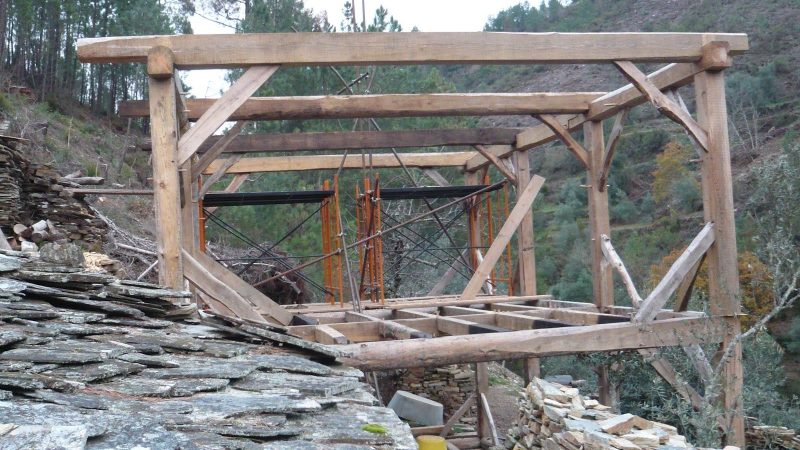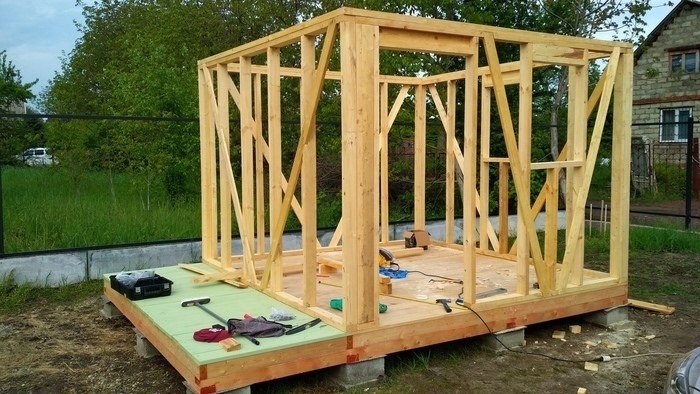
In the world of construction, the progress made in wood framing design is a testament to human creativity and innovation. With groundbreaking techniques transforming traditional practices, the field of wood framing is going through a transformative phase, ovation in a new era of construction standards that prioritize efficiency, sustainability, and cutting-edge design. Innovative techniques have completely changed the landscape of wood framing, offering architects, engineers, and builders a wide range of possibilities. Engineered wood products, a key feature of this evolution, have redefined the structural capabilities of wood framing. Materials like cross-laminated timber (CLT), laminated veneer lumber (LVL), and glued-laminated timber (glulam) are leading the way, providing superior strength, stability, and versatility compared to traditional lumber.
The use of these advanced materials has expanded the horizons of architectural design. Architects can now imagine and bring to life structures with larger spans, intricate shapes, and unique configurations that were once considered impossible. Whether it’s affecting curved roofs or making better open spaces, engineered wood products empower designers to push the boundaries of creativity while ensuring the integrity of the structure.
Prefabrication and modular construction methods have revolutionized the building process by making it more efficient. By manufacturing wood components under controlled conditions, there is a significant reduction in material waste and construction time. The prefabricated elements, which are delivered to the site ready for assembly, not only speed up project timelines but also ensure high-quality standards. This ultimately leads to a more cost-effective and efficient construction process.

In addition, sustainability lies at the core of these innovative wood framing techniques. As the world strives for eco-friendly solutions, wood emerges as a front-runner due to its renewable nature and low environmental impact. The emphasis on sustainable practices and the use of responsibly sourced timber contribute to the reduction of carbon traces in construction projects. Additionally, the ability to recycle and repurpose wood materials further accentuates its eco-friendly credentials.
The advancement of wood framing design has been greatly influenced by the integration of digital tools and technologies. Building Information Modeling (BIM) software enables architects, engineers, and contractors to collaborate effectively through comprehensive digital representations of projects. This digital approach not only improves accuracy in planning but also enhances communication and reduces errors during construction. As a result, building processes become more efficient and precise. Additionally, the use of robotics and automation in wood framing construction is becoming increasingly popular. Robots assist in tasks like precision cutting, assembly, and on-site construction, complementing human skills and ensuring consistent quality throughout the building process. By combining technology with traditional man power, productivity is enhanced, and the overall quality of wood-framed structures is elevated.
The impact of these groundbreaking methods goes far beyond the mere act of constructing buildings. It reaches out to the people who live in these structures and the communities they are a part of. By utilizing these advanced wood framing techniques, we are able to create buildings that not only look beautiful but also provide numerous benefits to their occupants. These structures offer improved thermal performance, ensuring that the indoor temperature remains comfortable throughout the year. They also promote better indoor air quality, creating a healthier living environment for everyone inside. Moreover, these buildings are designed with sustainability in mind, leaving a smaller ecological footprint and contributing positively to the overall well-being of the occupants. The aesthetic appeal of these structures adds another layer of delight, making them visually striking and pleasing to the eye. In essence, these innovative techniques in wood framing design are transforming the construction industry and pushing the boundaries of what is possible in architecture. From utilizing engineered wood products and prefabrication to embracing digitalization and sustainability, these advancements are paving the way for structures that are not only functional and durable but also environmentally conscious. By embracing these cutting-edge methodologies, we are propelling the construction industry towards a future where innovation and sustainability coexist harmoniously, revolutionizing the built environment for generations to come.

Leave a Reply